
20240724
<La Vie Tang>The City Palace Museum
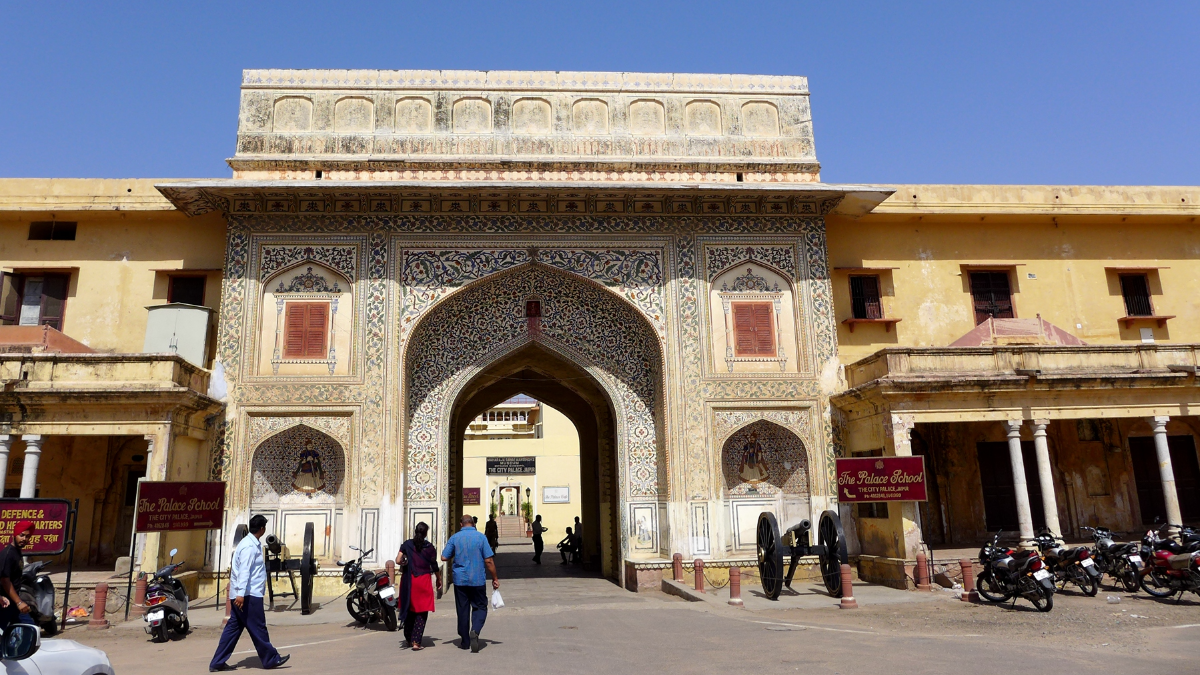
I directed my next stop to two main attractions in the old city: the City Palace and the Jantar Mantar (observatory).
The construction of the City Palace extended from 1729 to 1732. Covering an area almost one fourth of the entire old city, the palace is constructed with courtyards, gardens and palaces, and has also experienced years of repair and extension by other successive maharajas. The only non-pink architecture of the palace which is particularly captivating is the accommodation for the maharaja, the Chandra Mahal (Moon Palace). The place is not open to the general public, except for the ground floor functioning as a museum with carpets and manuscripts once belonging to the royal families on display. As for the rest of the palace, most of the buildings are also arranged as museums.
I visited the museums according to the tour route. The first one is the Mubarak Mahal (Welcome Palace) showcasing the royal clothing, textiles and musical instruments of the past dynasties. Among them is a particularly large silk robe once worn by Sawai Madho Singh I, who was said to be over two meters in height and as heavy as 250 kilograms in weight, the great stature like a Japanese sumo wrestler. Marrying wives of a reputed number of 108, he was by no means ordinary.
Behind it is the Diwan-i-Aam (the Hall of Public Audiences), which used to be the chamber for the royal and courtiers discussing national affairs. It has then been transformed into an art gallery and the armory housing a collection of Hindu scriptures, a variety of jewelries and weapons lavishly decorated with precious stones, and some heavy iron cannons in the old fashion.
The Diwan-i-khas (the Hall of Private Audiences) located in the inner court has two marble elephant statues at the entrance. The exterior walls of the inner court, the Diwan-i-khas as well as its colonnade are all painted in pink as the fundamental hue with white floral patterns against the pink background, which lends another charm more sublime and exquisite than the Wind Palace. Two of the world's largest silver urns (Gangajalis) are placed on both sides of the hall, each of which fused by 14,000 silver coins is about 1.6 meters in height, 345 kilograms in weight, and is able to contain 900-gallon (about 4091 liters) water. The two silver urns of high origin had been used to carry sacred Ganges water for Madho Singh II’s bathing throughout his long journey to London in 1902 to attend the coronation of King Edward VII. It is thus fairly evident how extravagant the ancient Indian nobility used to be.
Tang Yu Lap
Hantec Honorary Advisor

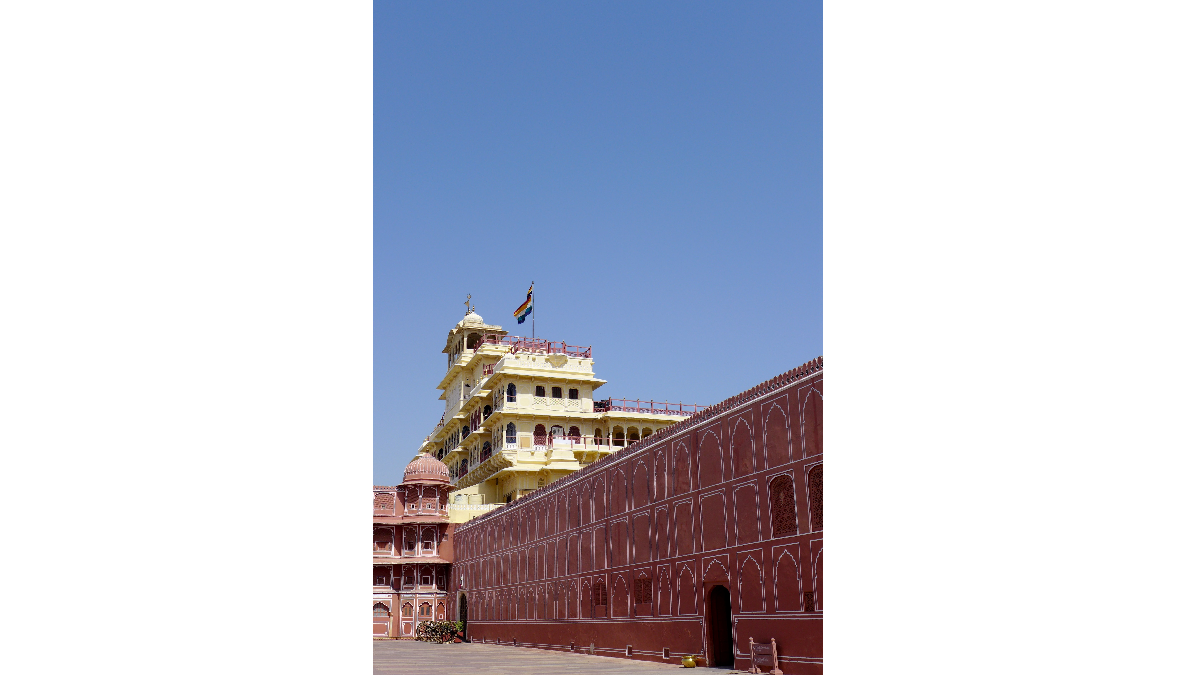


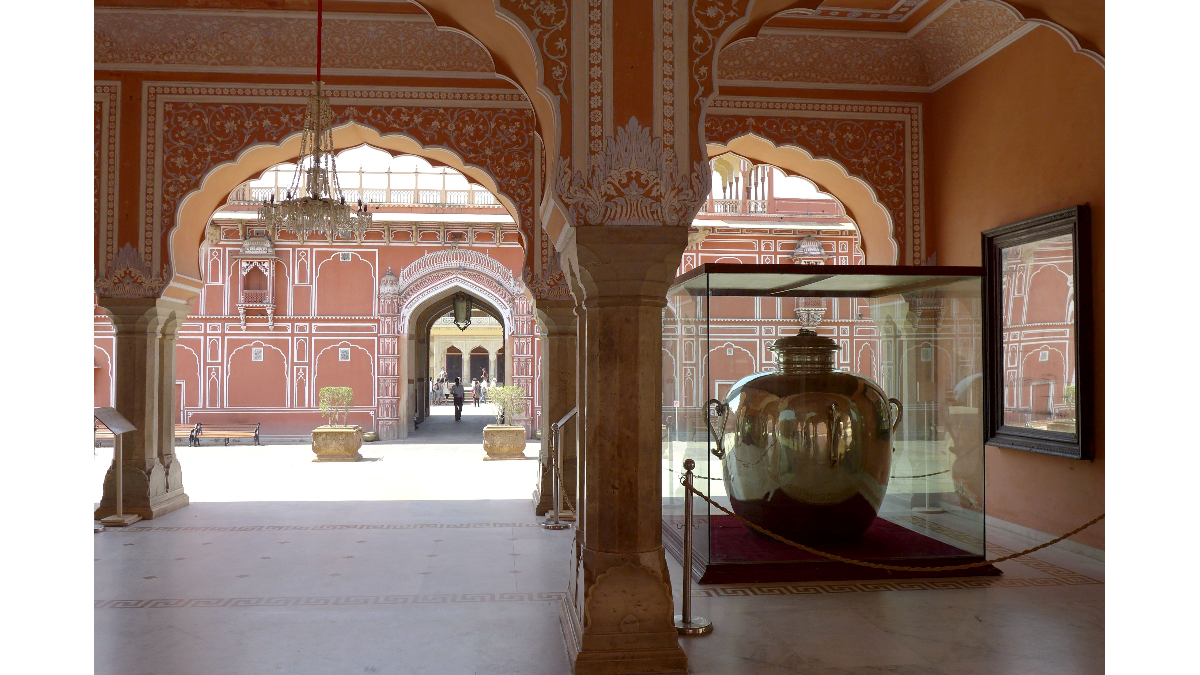
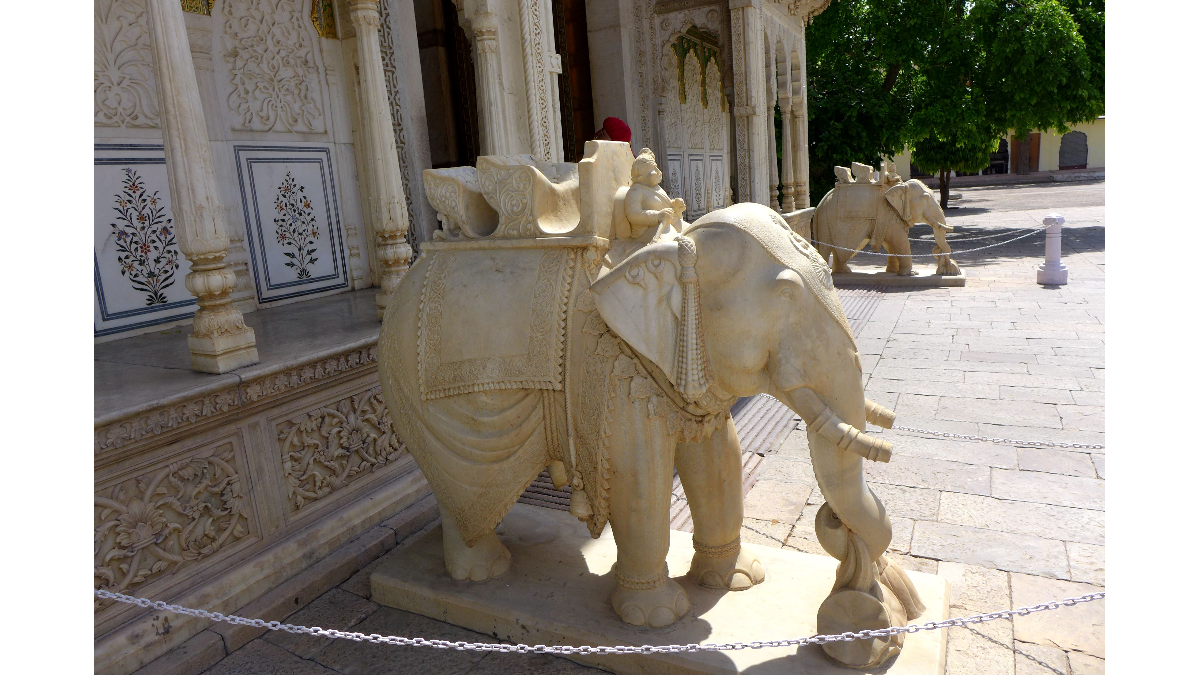
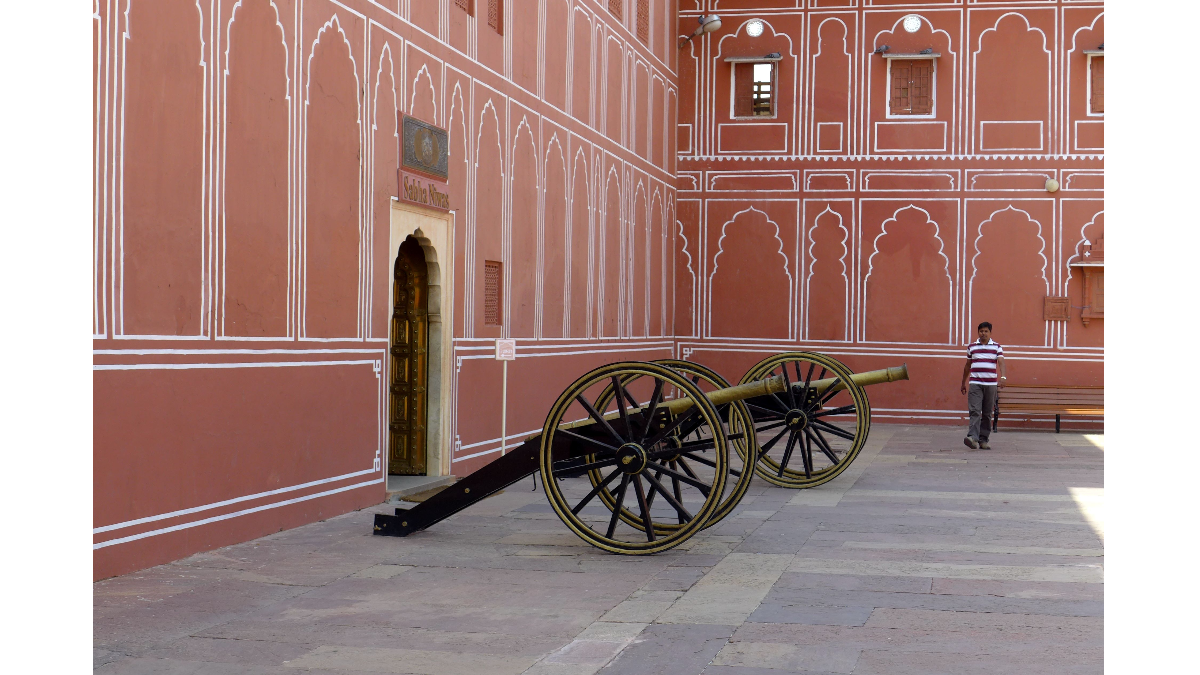
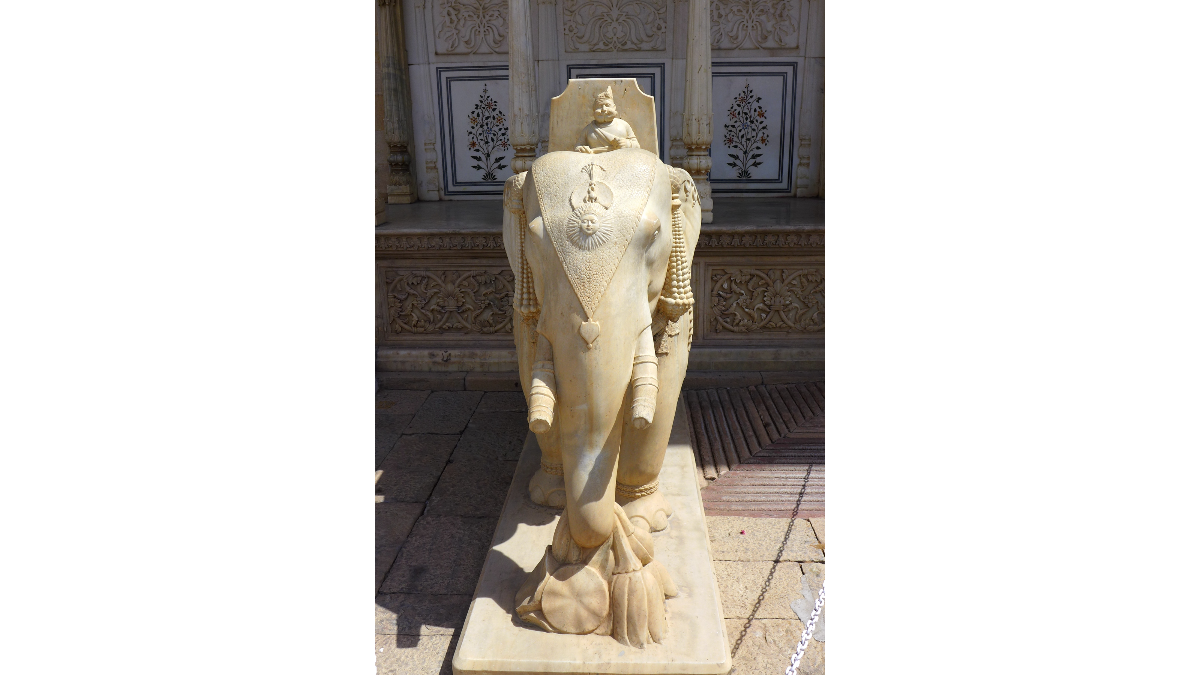

The Chandra Mahal (Moon Palace) is the white architecture behind, and the rising of the small flag above the big flag means the present maharaja is now in the palace
Previous Article
Extended Reading
Hantec Travel - The 10th Stop: Jordan
BY Group Branding and Promotion FROM Hantec Group
Congratulations on the Business Start of Hantec Financial in Kigali, Rwanda, Africa
BY Group Branding and Promotion FROM Hantec Group
<Gold Market Review> Gold Price Faces Short-Term Risks After Reaching New High
BY Group Branding and Promotion FROM Hantec Group
Units 4609-4614, 46/F, COSCO Tower, 183 Queen's Road Central, HK
(852) 2214 4101
5th Floor, 34-36 Gray’s Inn Road, London WC1X 8HR
(44) 20 4586 8213